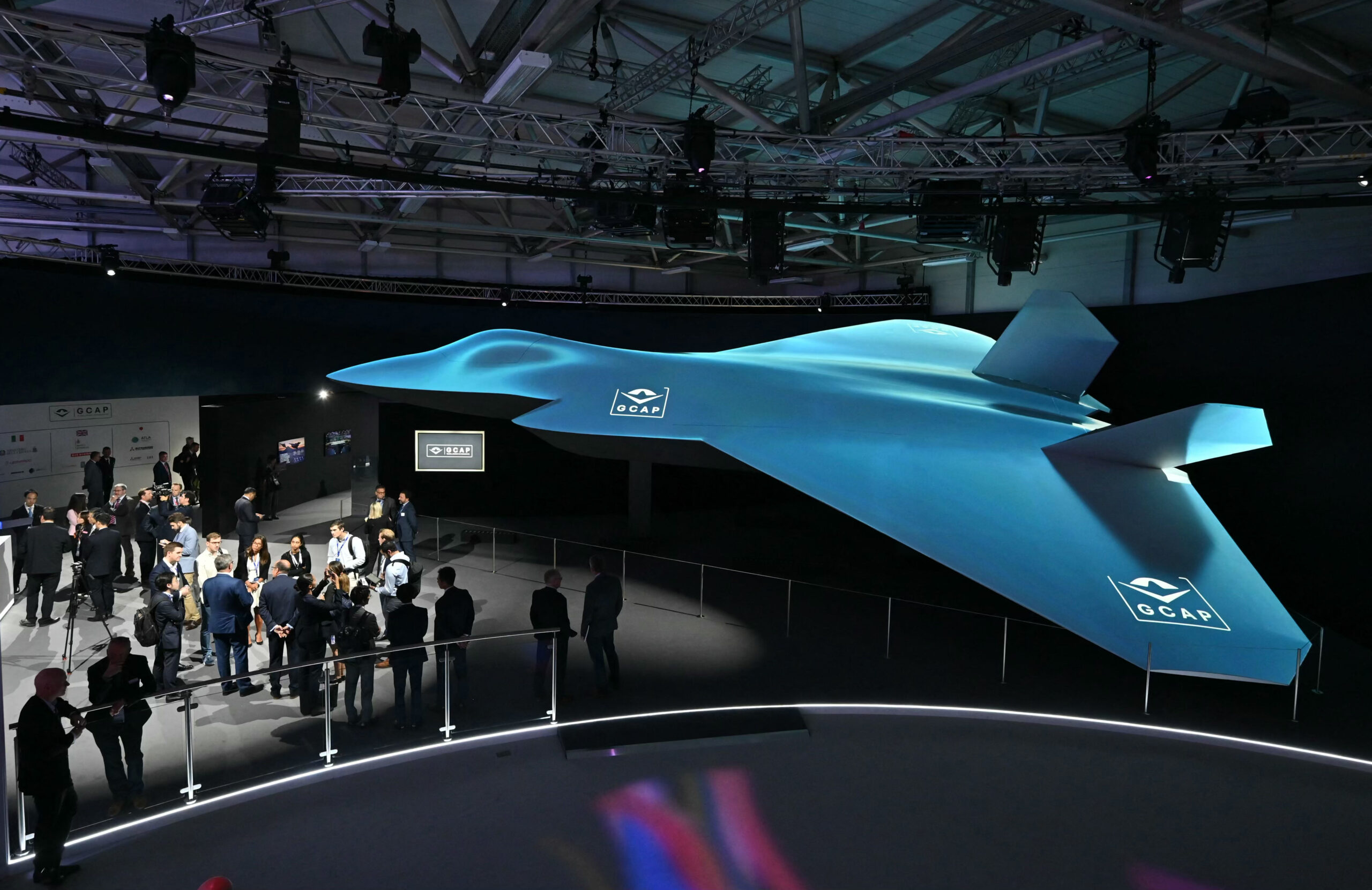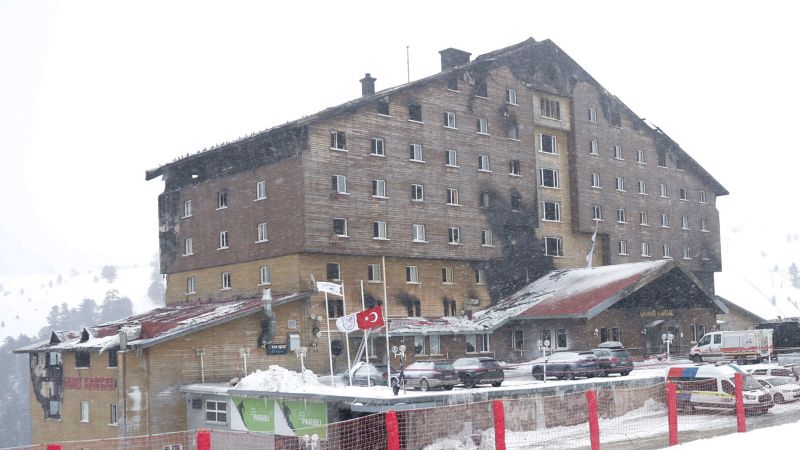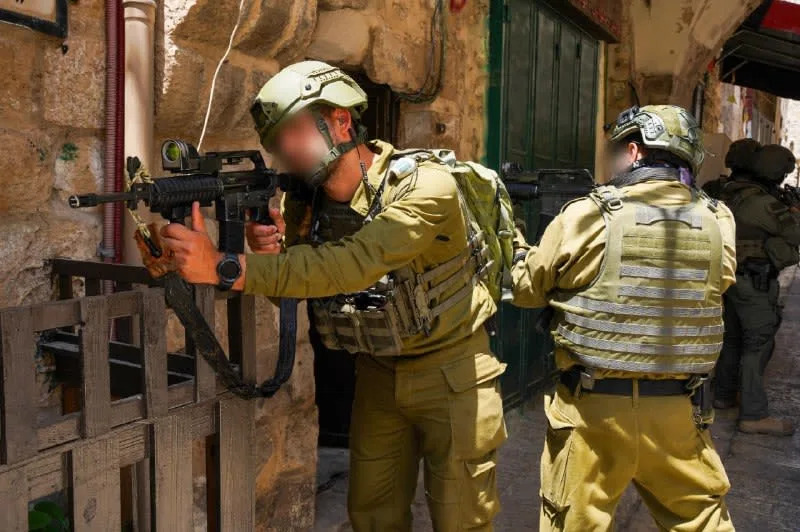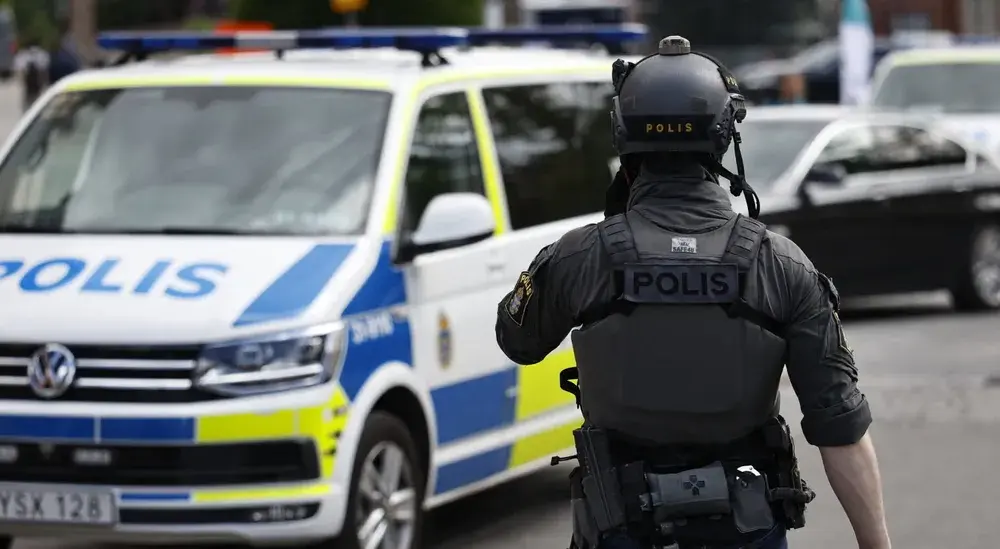The development of the sixth-generation GCAP fighter jet is focused on ensuring flexibility in its armament capabilities and compatibility with various drones. Group Captain Bill Sanders, a prominent figure in the UK-Japan-Italy program, emphasized that the platform must be equipped to carry a wide range of weapons used by NATO, the United States, and the partner nations.
During the International Fighter Conference in Rome, Sanders explained the necessity of a versatile weapons bay. He noted that the experience from the Ukraine conflict highlighted the importance of being able to access multiple stockpiles during wartime. “As you go into a conflict you rapidly exhaust your stocks and you start to put pressure on the supply chain,” he stated. This capability, according to Sanders, would provide commanders with enhanced flexibility in the field.
The design philosophy behind the GCAP also involves the strategic use of armaments. Sanders pointed out that it is crucial to begin engagements with high-cost weaponry to breach enemy defenses. As those defenses diminish, the platform should then transition to using less expensive, unguided bombs. “If we keep on using the most expensive weapons, the cost per kill, the cost per engagement is not sustainable,” he said. This approach aims to optimize the cost-efficiency of military operations.
Enhancing Collaboration with Drones
To further bolster its operational capabilities, the GCAP is intended to operate seamlessly with Collaborative Combat Aircraft (CCA). Sanders remarked, “You have to be in a situation where the GCAP can work with what it finds.” Achieving this interoperability among various drones poses a significant challenge but is regarded as essential for modern warfare.
Military analyst Douglas Barrie underscored the logic behind developing a fighter that can collaborate with different CCAs. He noted that the UK, Japan, and Italy are likely to have sovereign capabilities in the form of their own CCAs, which will be utilized alongside the GCAP. While the potential for a unified platform exists, Barrie observed that the current independent development paths offer greater choice and flexibility.
The emphasis on CCAs was a key topic at the International Fighter Conference, with various countries exploring their individual drone capabilities. For instance, Turkish officials discussed integrating a CCA with the twenty Eurofighters they recently agreed to purchase. Jorge Tamarit-Degenhardt, CEO of Eurofighter, raised concerns about the financial and logistical implications of adapting the fighter to work with multiple CCAs chosen by different clients. “Can we develop CCA integration in different configurations in different countries? We cannot do everything at the same time. We don’t have infinite resources,” he stated.
As the GCAP program progresses, its ability to adapt to a rapidly changing landscape of military technology and operational requirements will be crucial. The focus on flexible armament capabilities and interoperability with a range of drones reflects a broader trend in defense strategies, prioritizing versatility in an increasingly complex global security environment.






